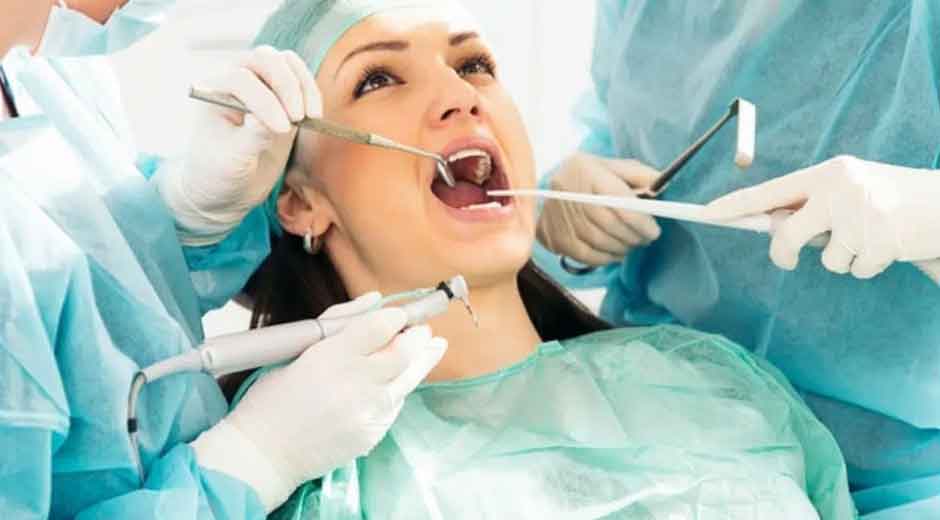What To Expect During Oral Surgery

Oral surgeons perform a variety of procedures, including wisdom teeth extractions, corrective treatments for soft tissue issues, and interventions for jaw alignment problems. These specialists are trained to manage complex oral health concerns that may affect both function and appearance. Understanding the process can help you feel more prepared and comfortable. Here’s what typically happens during oral surgery:
Root Treatments and Tooth Removal
Dentists conduct meticulous oral checkups to identify damaged teeth or infected roots that require urgent treatment. The oral surgeons are guided by detailed X-rays, which show the structures of the roots and the surrounding bone. This enables them to plan their treatment effectively. Patients discuss anesthesia options and the procedure with their care team to verify they understand the process. Local anesthesia or sedation helps keep patients relaxed and pain-free throughout the surgery.
During surgery, the oral surgeon uses specialized tools, such as elevators and forceps, to carefully loosen teeth or root tips while protecting the surrounding tissue. The area is thoroughly cleaned to remove any infected debris. Gauze or sutures are applied immediately to control bleeding and protect the surgical site. The surgery team also gives patients detailed instructions on pain management and dietary guidelines to support a safe and speedy recovery. Follow-up appointments allow the dental team to monitor healing and address any potential complications.
Implants and Bone Support Surgeries
Oral surgeons begin by assessing the mouth, including jawbone density, gum health, and overall oral stability. CT scans and other imaging accurately map the bone, guiding precise implant placement. Incisions in the gum tissue expose the jawbone where the surgeon places the implants or grafting materials. Surgeons carefully secure the implants or bone grafts to provide stability and promote natural tissue integration. Membranes or protective screws support healing and prevent interference with soft tissue. The surgeon then sutures the gum tissue to protect the underlying bone or implant from contamination.
Jaw and Joint Surgery
Surgeons examine bite alignment, jaw movement, and chronic TMJ symptoms to understand the patient’s condition. Panoramic X-rays and 3D scans guide precise planning for complex jaw repairs. Small incisions give access to targeted areas of the mouth or jaw joints. Surgeons re-align or remodel jaw and joint structures to restore balance and improve overall alignment.
They secure adjusted areas with plates, screws, or grafts. Surgical sites are carefully sutured and protected with dressings to minimize irritation and promote healing. Patients follow soft-diet plans and gentle exercises to strengthen jaw muscles during recovery. Regular follow-ups enable surgeons to monitor progress, adjust therapy, and reinforce proper bite function.
Trauma and Pathology Management
Oral surgeons will examine trauma or suspicious lesions in the face and mouth. Diagnostic imaging detects fractures, cysts, or tumors in soft tissues and underlying bone. They use local or general anesthesia based on case complexity to provide better patient comfort and safety. Surgeons carefully remove damaged tissue and reposition fractured bones using precise techniques. They stabilize the area with plates, screws, or splints to support the healing process. Sutures close wounds and help promote tissue growth, minimizing visible scarring.
Work With an Oral Surgeon
The oral surgery process includes an examination and careful diagnostic imaging. During your initial consultation, your oral surgeon will assess the problem area and develop a personalized treatment plan tailored to your goals. Contact a surgeon today for a thorough oral health consultation.


